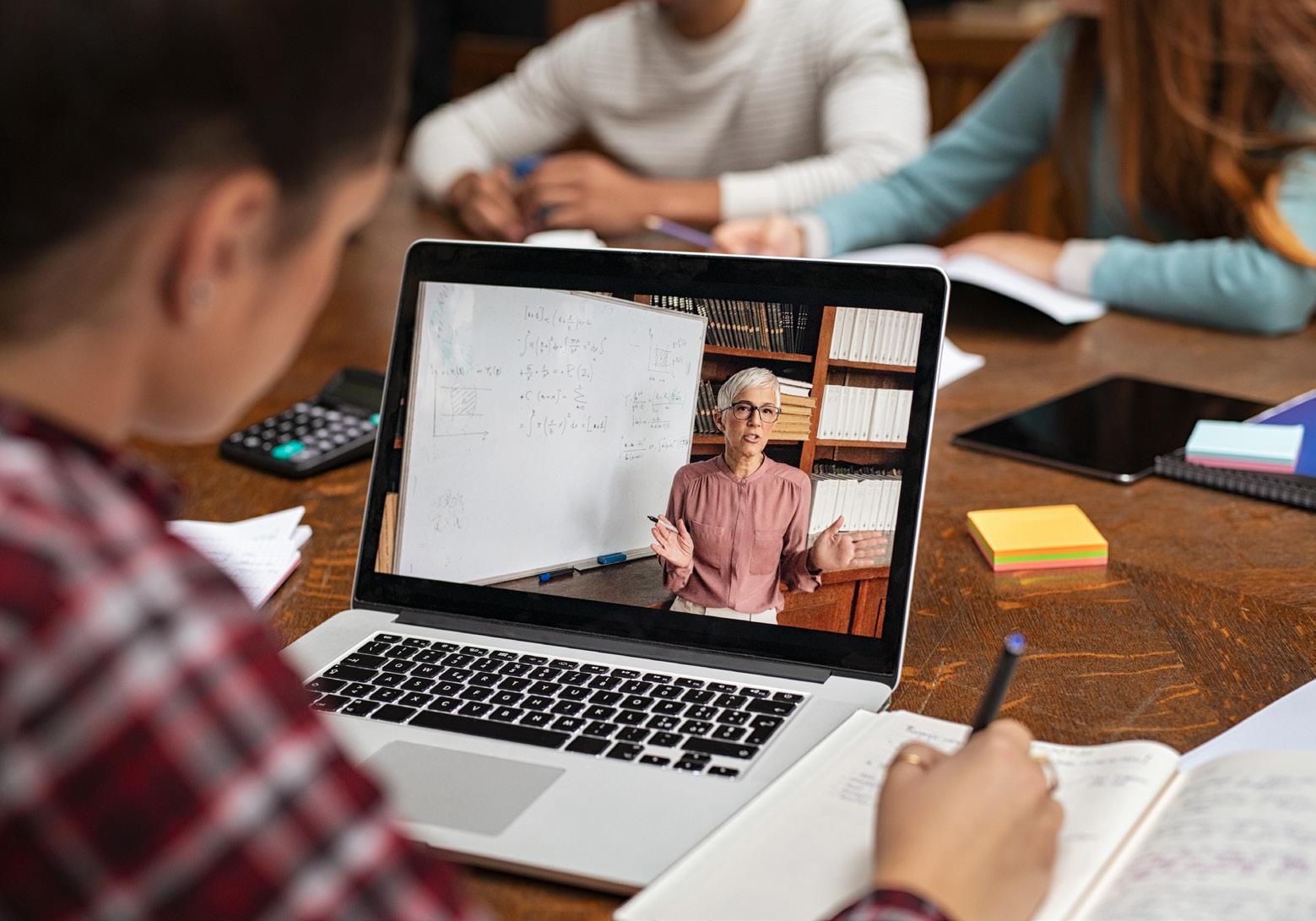Journal of Trauma and Orthopaedics Volume 08 | Issue 02 | June 2020 | The Journal of the British Orthopaedic Association | boa.ac.uk
Training in orthopaedics: Non-accidental injury in COVID-19: My experience The show must go on p12 children during COVID-19 p14 of testing positive p16










